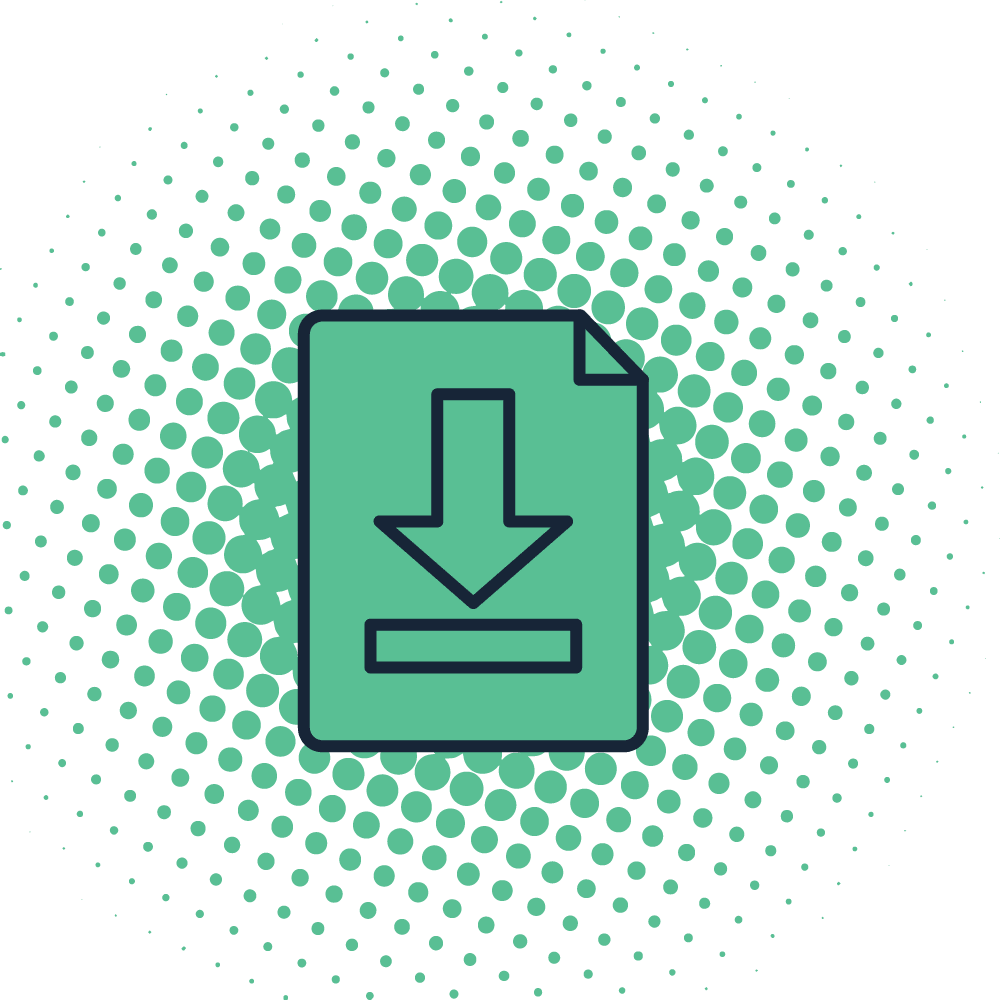Increasing appointment wait times have been an issue for all healthcare providers. Merritt Hawkins just released their 2017 report, which revealed a significant increase in new patient physician wait times within the private sector. It’s also been no secret that Veteran’s Affairs (VA) has been struggling with increasing wait times, as well.
A report released last year by the U.S. Government Accountability Office (GAO) shared that of the veterans included in their study, appointment wait times ranged anywhere from 22 to 71 days from the veterans’ initial requests for the VA to contact them to schedule an appointment to when the veterans were actually seen. Merritt Hawkins’ report revealed patient appointment wait times in the private sector ranged anywhere from 48 days to 122 days. So, when comparing the numbers, the VA’s wait times don’t vary much when compared to the private sector.
However, the wait times across the board are concerning and an issue that the healthcare industry must address and improve. One of the first steps is acknowledging the issue at hand and closely tracking the numbers to gauge improvement. The VA is already doing this by tracking and publicly releasing all patient access data on a monthly basis.

Download this thought leadership white paper for ideas on how to make a plan to drive appointments and recoup lost revenues. Don’t miss these actionable patient engagement tips.
Text-based messaging can be easily automated and can give patients the control to cancel and reschedule appointments, confirm appointments, and request to be added to a wait list. It’s the solution that’s already worked for many private practices and could work for the VA, as well. Communicating with patients via text-message also allows healthcare practices to meet patients when and where it’s most convenient for them. Patients are already on their phones and with text-messaging, unlike a phone call, they can answer and respond when it’s most convenient for them (even outside of normal office hours).
Research we’ve conducted with our own customers found that older patients who use text messaging have very similar response rates as younger patients. So, this would be a great solution for the VA and the wide range of patients they’re serving.
The Veterans Health Administration’s oversight of veterans’ access to primary care is hindered, in part, by data weaknesses and the lack of a scheduling policy.
The report released last year by GAO stated that the Veterans Health Administration’s “oversight of veterans’ access to primary care is hindered, in part, by data weaknesses and the lack of a comprehensive scheduling policy.” A comprehensive scheduling policy must be in place.
A comprehensive scheduling policy should include access to real-time data, automated waitlist management, and the ability to communicate with patients in the most convenient way. At Luma Health, our smart waitlist provides all of that and more, and is a great first step in significantly reducing appointment wait times.
To find out more about our smart waitlist, contact us today for a free demo.
Tashfeen Ekram, MD, is a radiologist, self-taught coder, healthcare innovator and Co-Founder of Luma Health. Contact him on Twitter at @tashfeenekramMD.






